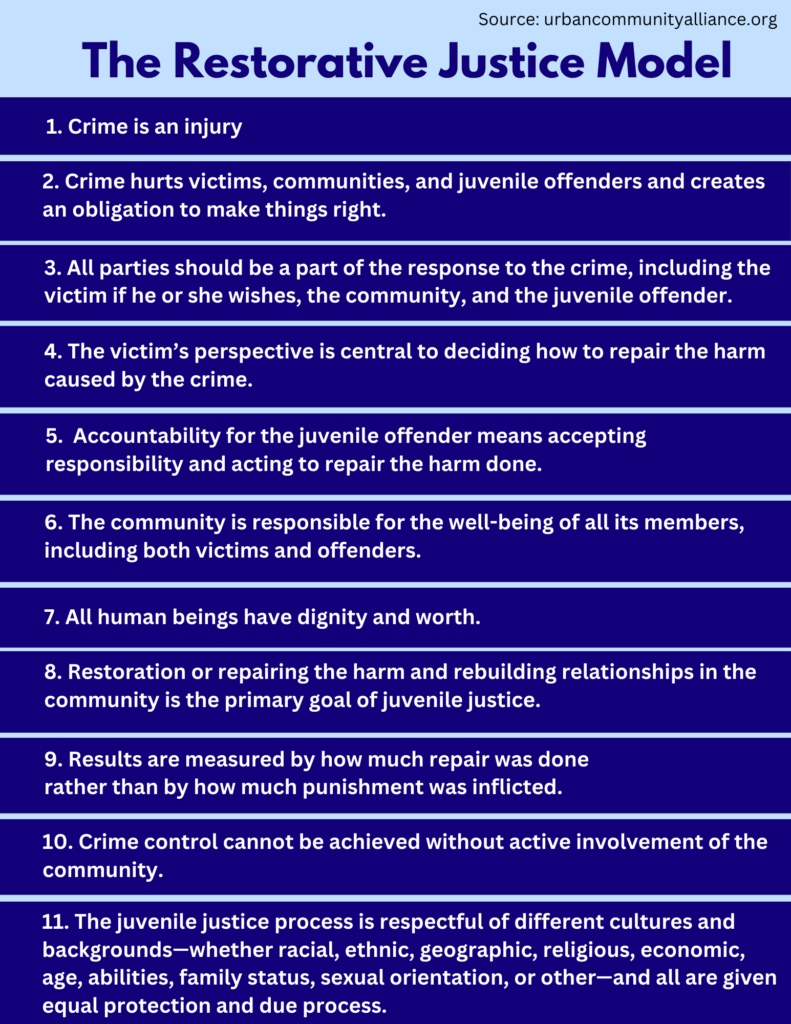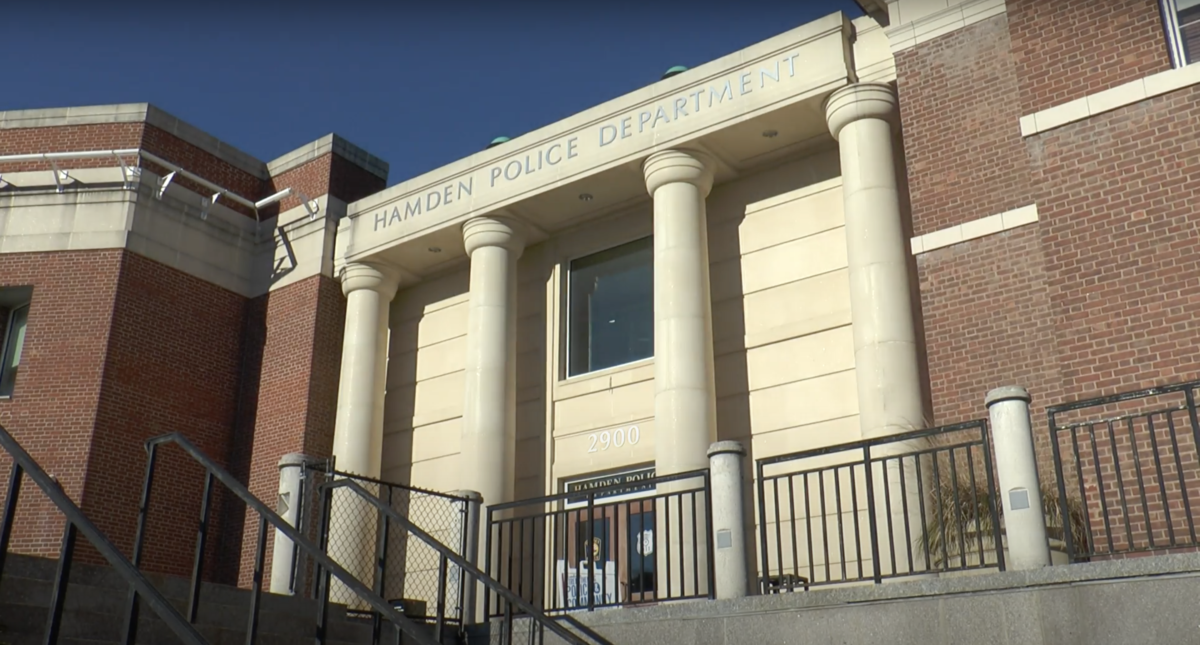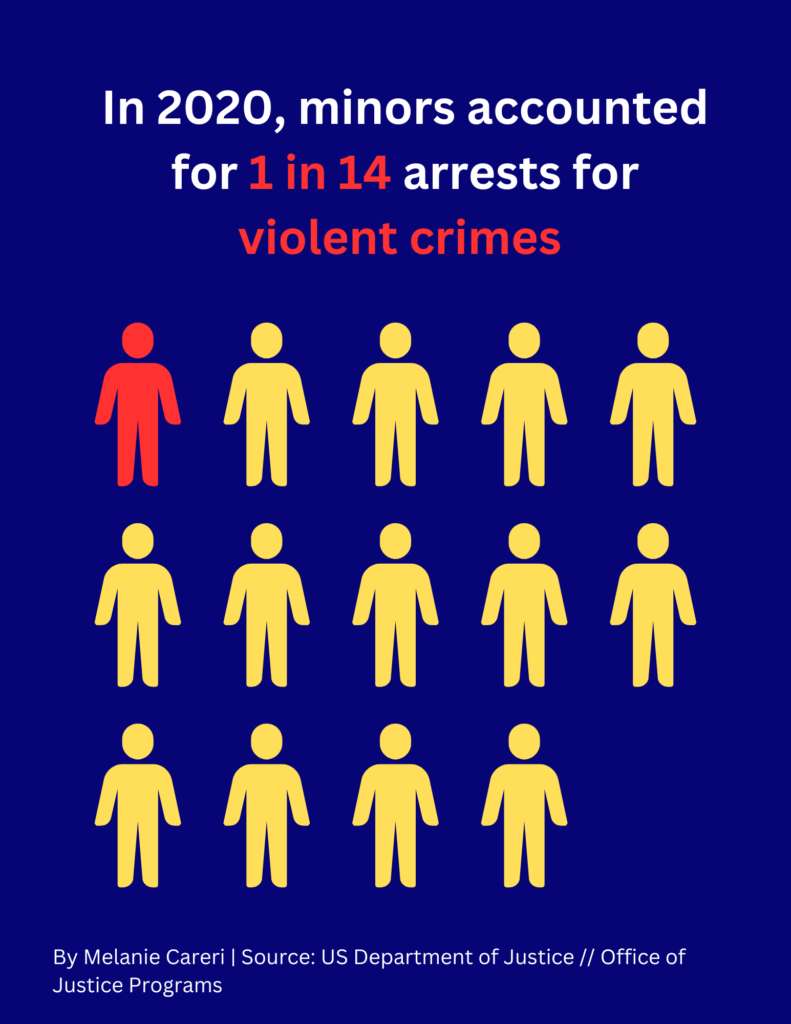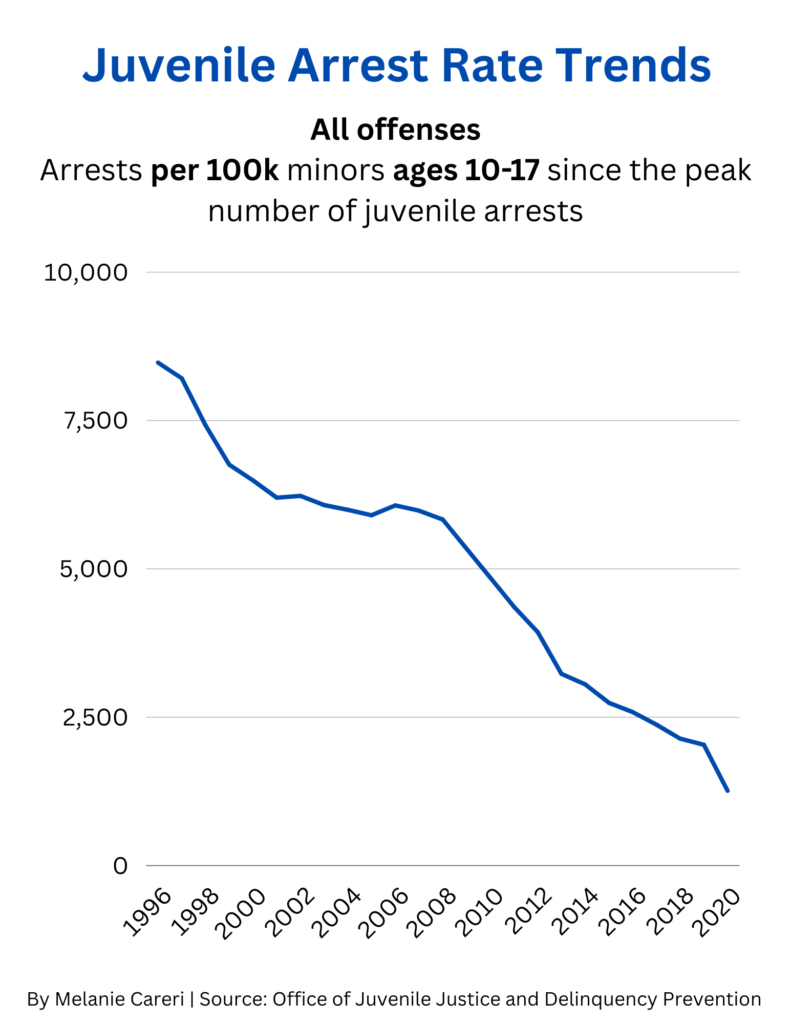For Lamond Battle, he’s seen it all at Hamden High School. From a former student who graduated in 2007 to the supervisor of security, Battle has seen kids act up and even fights break loose. However, his passion for community grew, having him come back to the high school as a security guard. He enjoys getting to know each student who walks the halls every day and keeping them safe.
“It’s not necessarily about breaking up fights, but it’s about building a positive relationship for students,” said Battle.
To further his impact in the community, he joined the Hamden Juvenile Review Board (JRB) panel in 2013.
“So pretty much JRB when that came about, that’s right up my alley,” said Battle. “How else can I be a better person and benefit from my students if I’m not connected in any other way?”
The Hamden JRB is a prevention program that has helped keep youth under the age of 18 out of crime since 2011.
The goal of the JRB is to help keep kids out of the court and criminal justice systems. JRB program coordinator Mary Hall says this is done through a restorative justice system, which teaches kids the consequences of their actions not only toward the community, but also toward themselves.
“It’s all about making up the harm versus just a punishment, which doesn’t necessarily make up the harm,” said Hall.

The juveniles repair the negative impact they made by participating in various activities including community service, therapy, sports and job shadowing. According to Hall, an example would be if a child steals from a store, they will end up working at the store to understand the harm they’ve done.
Recently, the Connecticut Youth Services Association granted the program $23,000 to fund more activities and a new part-time case manager. The program wants to continue to help kids stay out of the court system and not be punished for their mistakes but instead, learn from them.
The kids are referred to the program by teachers, family members, the Hamden police and anyone who notices signs of delinquency from the child. The kids and families then meet with the JRB panel, which is made up of town volunteers, to discuss what the juvenile must do to make up for their actions and prevent further harm.
According to Battle, not only is he a security guard, but he is also an example for students to follow.
“The number one rule is listening,” said Battle. “You’re listening to what they’re [the kids] are saying and you’re also listening for the days that they’re not saying. I’m a firm believer there’s a cause and effect to everything, so this happened because of this that happened because of that. Sometimes, when a student seems angry, it’s not so much that they’re angry. You realize it’s more hurt than anger, so you try to figure out what’s going on.”
Battle is also an advisor for a school club, where he helps JRB kids connect with other students and make them feel welcomed.
“By giving them that other outlet, you then connect with them on different levels,” said Battle. “One thing about young people is if they don’t trust you, it is hard for you to connect with them.”
According to the US Department of Justice Office of Justice Programs, there were about 424,300 juvenile arrests in 2020. That year, minors accounted for one in 14 arrests for violent crimes. Among the 32,070 violent crimes, robbery made up 18%, murder 7% and aggravated assault 5%.
Director and professor of Quinnipiac University’s criminal justice department Alan Bruce says there are a wide variety of factors that incentivize young kids to commit crimes, including mental and developmental factors.
“Kids are especially susceptible to peer influence and also lack full brain development, so their ability to anticipate the consequences of behavior or to control their impulses can play a significant role,” said Bruce.
JRB director Leonard Jahad says the top three domains that Hamden JRB clients fall under for causes of crime include negative peer groups, negative attitudes and dysfunctional families.
“We address their individual needs to reduce their risk, as a whole, so things don’t start to snowball,” said Jahad. “You start to pick up one case in another case and now you’re looking at criminal history, so that’s how we add that community safety and reducing the vulnerability of the youth in the community also.”
Kevin Jones is a social worker at the Milford Department of Children and Families Office. As a Hamden resident who wants to make a positive impact on children and families’ lives, he is also a panelist of the Hamden JRB. He says the panel consists of a diverse group of volunteers who all work together to help kids and families.
“That’s probably the best part of it,” said Jones. “You get to see a lot of different people like counselors, teachers, lawyers and everyone who brings their uniqueness to the table. It’s a real collaborative effort.”
According to Jones, the mornings consist of the panel introducing themselves to the families and then being presented with case summaries, which outline what happened, what brought the family to the JRB and why they have the opportunity to join the JRB.
When analyzing case summaries, the panel considers why the juvenile was brought to the panel, who reported the offense and what possibly happened in school or the community. Then the panel immediately speaks with the youth involved.
“We want to speak directly to the youth,” said Jones. “We start speaking to the youth and ask them various questions such as ‘How did this happen?’ ‘Why did this happen?’ ‘Why did you do this?’ and then once we go through that, then we check with the parents as well just to make sure it’s accurate. However, we also let the parents know that this is an opportunity for us to deal directly with the child and what we don’t want is for parents to start telling us everything. We want to try to really impact change, so we deal directly with the kid.”
After speaking with the child, the panel will deliberate, where the panel meets amongst themselves and generate solutions to help the child. These include possibly exposing them to a new activity, providing them with a tutor, making sure they have proper representation in school, counseling or therapy sessions, etc. The panel will also consider the strengths of the child and check if they understand how their actions affected their parents, community and themselves. This will affect the decision-making process as to how the child makes up for their actions or the goals they and their family can achieve. In total, the panel works with each family for about twenty to forty minutes.
The family then works with the program coordinator and case manager to achieve their goals to help their child, which takes about three to six months, Jones reports. Although the panel does not work with the families during that process, they do work with them directly when developing a plan.
Jones says the panel will utilize the relationships and resources the child already has into the built plan. If counseling doesn’t agree with the child, the program will look to pre-established relationships the child has with someone who’s willing to help.
“Let’s say there’s a teacher or a security guard at school that you’ve had a relationship with and you feel it’s helpful, we will incorporate that into the plan,” said Jones. “We’ll say, ‘Look, we need to reach out to this security guard that has a really good positive relationship with the family because they’re already there.’ They don’t necessarily need a mentor.”
Battle is one of the security guards who is always willing to help students. He says one of the key factors in building relationships with them and being able to help is through boundaries. He says he always remains calm and collected while getting the job done.
“One thing I always say is my camera works, I still see what you do and if I have to, I’ll still rate students up when they violate school rules,” said Battle. “But I do forget the next day and I don’t hold it accountable the next day, I don’t hold you accountable for what you did. Yesterday was a different day, today is a new day. What holds to them is what you show them.”
Bruce says youth crime has been on the decline since the mid-90s. Programs like the JRB can help further reduce youth crime as well as bring community members together.
“Youth crime affects communities in a number of ways,” said Bruce. “There’s the obvious physical and property harm that can come from certain types of crime, but it can also have a negative impact on quality of life with people being scared to leave their homes at certain times. JRB can help the community because the people involved can tailor sanctions that are relevant to fit their specific community. It also increases the feeling amongst community members that they are empowered to have a say in what happens.”
Community members who want to sign up for the Hamden or New Haven JRB panel can learn more here.




